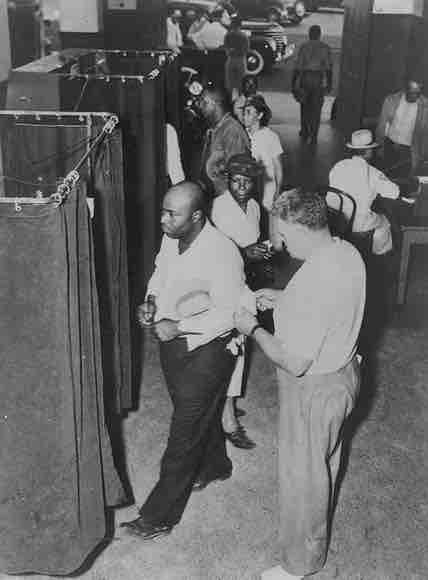Introduction
High voter turnout is often considered to be desirable, though among political scientists and economists specialising in public choice, the issue is still debated. A high turnout is generally seen as evidence of the legitimacy of the current system. Assuming that low turnout is a reflection of disenchantment or indifference, a poll with very low turnout may not be an accurate reflection of the will of the people. On the other hand, if low turnout is a reflection of contentment of voters about likely winners or parties, then low turnout is as legitimate as high turnout, as long as the right to vote exists. Still, low turnouts can lead to unequal representation among various parts of the population. In developed countries, non-voters tend to be concentrated in particular demographic and socioeconomic groups, especially the young and the poor.
Reasons for Decline
Many causes have been proposed for this decline; a combination of factors is most likely. When asked why they do not vote, many people report that they have too little free time. However, over the last several decades, studies have consistently shown that the amount of leisure time has not decreased. Wealth and literacy have some effect on turnout, but are not reliable measures. For example, the United Nations Human Development Index shows some correlation between higher standards of living and higher turnout. The age of a democracy is also an important factor. Elections require considerable involvement by the population, and it takes some time to develop the cultural habit of voting, and the associated understanding of and confidence in the electoral process. Demographics also have an effect. Older people tend to vote more than youths, so societies where the average age is somewhat higher, such as Europe; have higher turnouts than somewhat younger countries such as the United States.
Institutional factors have a significant impact on voter turnout. Rules and laws are also generally easier to change than attitudes, so much of the work done on how to improve voter turnout looks at these factors. Making voting compulsory has a direct and dramatic effect on turnout. Simply making it easier for candidates to stand through easier nomination rules is believed to increase voting. Ease of voting is a factor in rates of turnout. In the United States and most Latin American nations, voters must go through separate voter registration procedures before they are allowed to vote. This two-step process quite clearly decreases turnout. U.S. states with no, or easier, registration requirements have larger turnouts.
In politics, voter fatigue is the apathy that the electorate can experience under certain circumstances, one of which could be (in exceptional circumstances) that they are required to vote too often. Voter fatigue and voter apathy should be distinguished from what arises when voters are not allowed or unable to vote, or when disenfranchisement occurs. Similarly, voter suppression is a strategy to influence the outcome of an election by discouraging or preventing people from exercising their right to vote . It is distinguished from political campaigning in that campaigning attempts to change likely voting behavior by changing the opinions of potential voters through persuasion and organization.

Voter Supression
Voters at voting booths in the United States in 1945
Voter suppression instead attempts to reduce the number of voters who might vote against the candidate or proposition advocated by the suppressors. This suppression can be in the form of unfair tests or requirements to vote. For example, in the southern United States before and during the civil rights movement, white southerners used many methods to prevent minorities from voting. These included literacy tests, a poll tax, and if all else failed intimidation by threats of violence. The Civil Rights Act of 1964 put a stop to literacy tests and any other methods of preventing people from voting. Excluding convicted from voting and re-including them only on case-by-case decisions by State Governors, as is the case in numerous U.S. states, can lead to voter suppression and can induce biased voting, as there can be a class bias in the state's decision.